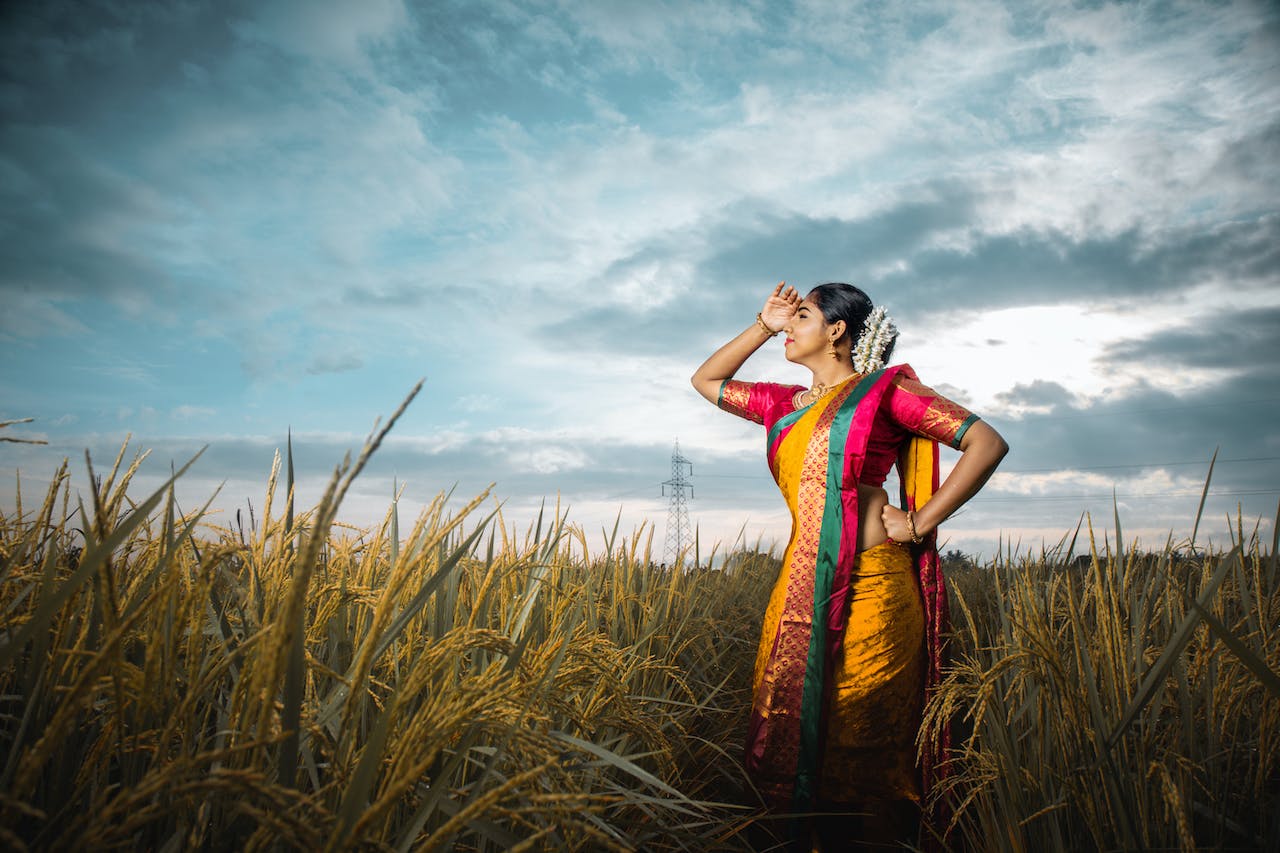India, a land of rich diversity and traditions, boasts a myriad of cultural expressions that are deeply intertwined with its essence. These cultural expressions, often celebrated through various dance forms, hold a significant place in the nation’s heart and history. In this article, you will explore the tapestry of the national dance of India, shedding light on its importance for those preparing for competitive exams.
Diverse and Distinctive Forms
India’s dance forms are as diverse as the country itself. Each region and state has its unique performance tradition, adding to the nation’s cultural wealth. From the lively beats of Bhangra in Punjab to the graceful movements of Odissi in Odisha, there’s something for every taste.
Preservation of Heritage
The significance of dance forms goes beyond mere entertainment. They serve as vessels of cultural heritage, preserving stories, legends, and rituals that have been passed down through generations. Competitive exam candidates develop a more profound insight into the country’s cultural diversity by studying these performances.
Historical and Religious Significance
Indian dance forms often have deep-rooted historical and religious significance. Bharatanatyam, for instance, is not just a performance but a form of worship in the temples of Tamil Nadu. It tells the stories of gods and goddesses through intricate movements and expressions. Likewise, Kathak, rooted in northern India, narrates tales from Indian epics such as the Mahabharata and Ramayana.
A Window to Social Issues
Dance forms are not just about storytelling. They are also a medium to address societal issues. Take, for instance, the Bihu dance of Assam. It reflects the agricultural life of the region and the challenges faced by farmers. By studying them, competitive exam candidates can delve into the social fabric of India, making them more informed about the nation’s various issues.
Promoting Unity in Diversity
India’s dance forms have the remarkable ability to bring people together. They transcend linguistic and cultural barriers, uniting individuals in their shared love for art and tradition. This unity in diversity is a core aspect of the country’s identity, and competitive exam aspirants need to understand this fundamental trait.
Prominent Forms for Competitive Exams
Several performances are essential for competitive exams, especially those focusing on arts and culture. Here are a few prominent ones:
1. Kathak: Having its roots in the northern regions, Kathak is renowned for its intricate footwork, expressive gestures, and narrative storytelling. It’s crucial for aspirants looking to understand the culture of the north.
2. Bharatanatyam: With its origins in Tamil Nadu, Bharatanatyam is a classical performance steeped in tradition and spirituality. Competitive exams often feature questions about this mesmerising style.
3. Kathakali: Hailing from Kerala, Kathakali is renowned for its elaborate costumes and dramatic performances. It’s a must-know for those preparing for exams on Indian performing arts.
4. Manipuri: Manipuri dance, from the northeastern state of Manipur, is characterised by its graceful and lyrical movements. Aspirants seeking insights into the culture of the northeast will find this performance particularly enlightening.
5. Kuchipudi: Originating in Andhra Pradesh, Kuchipudi combines dance, music, and acting. Understanding Kuchipudi is pivotal for a well-rounded knowledge of Indian performances.
Conclusion
In India, dance is not merely an art form; it’s a way of life. By exploring the various forms that define the nation’s essence, competitive exam candidates gain a broader perspective on the cultural, historical, and social aspects. They serve as windows to the diverse and vibrant tapestry of Indian culture, enriching the knowledge and understanding of those preparing for competitive exams.
Aspirants should take the time to study this national dance of India, recognising their significance in shaping the country’s identity. In doing so, they not only enhance their cultural awareness but also acquire a valuable tool for acing competitive exams with a focus on culture and heritage.

